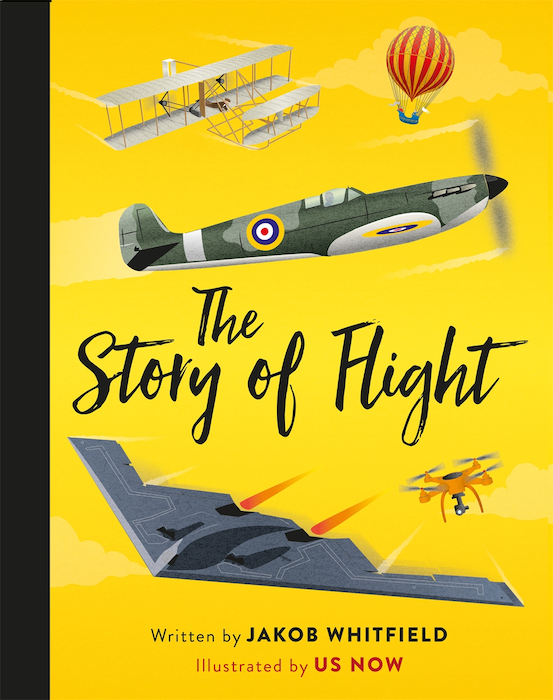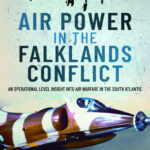
Object history, aircrew history, history for children.
Grayzel, Susan R. The Age of the Gas Mask: How British Civilians Faced the Terrors of Total War. Cambridge: Cambridge University Press, 2022. I was most interested to read this! Not only was Grayzel, as author of At Home and Under Fire: Air Raids and Culture in Britain from the Great War to the Blitz (2012), one of the other guys for my first book, but The Age of the Gas Mask is from the prospective publisher for my second book, even the same series. While there was some sense of déjà vu for me here, in reading about topics and sources I used to know inside and out but haven’t revisited for a decade, I learned a lot about such things as civil defence provisions in British colonies (which, of course, was racially stratified) and the 1941 campaign to get civilians to start carrying their gas masks (a much bigger effort than I had realised). As the title suggests, Grayzel does focus very much on the gas mask itself (including its emotional and cultural meanings), which means that there is very little about other forms of civil defence such as shelters or blackouts. Nor does she dwell much on the aero side of the aero-chemical equation. But as she covered all that very well in At Home and Under Fire it’s hard to complain!
Spurling, Kathryn. A Grave Too Far Away: A Tribute to Australians in Bomber Command Europe. Sydney: New Holland Publishers, 2012. I must confess I found this a tough read. Partly that’s because of the subject matter. A Grave Too Far Away is largely a compilation of the stories of Australian Bomber Command aircrew, and not only were about a third of these men killed in combat, but it’s their last, fatal missions which are the best/most recorded in the archival records, by far. So that’s the bulk of Spurling’s evidence, and it makes for grim reading. Fair enough: these are lives, and deaths, which deserve to be remembered. (I will never forget the detail Spurling includes of one mother who wrote to the RAAF asking for them to send her son’s death notice again: she’d burnt the first one because she couldn’t bear what it said.) But there are also structural problems with this book. I struggled all the way through to understand why these particular stories were being told, in the way that they were told, in the order that they were told — there’s no rationale that I could see, apart from a roughly chronological chapter order. While I know how hard it must be to marshal so many narratives across a whole book, more signposting (subsections, maybe, or more descriptive chapter titles; a name index would have been helpful, especially given that the stories of some airmen are spread across the book) would have helped. I’m clearly not the intended audience for this book, and maybe it shouldn’t be read cover to cover like I did. But as Kristen Alexander has shown how collective aircrew biography should be done, maybe I’ve been spoiled!
Whitfield, Jakob. The Story of Flight. London: Wren & Rook, 2018. Because I’m a good friend, I bought Jakob’s book when it hit the bookshops here. But because I’m also a bad friend, it took me four years to read it! In my defence I’m definitely not the intended audience here, which I guess is somewhere in the 8-10 years old range. Then again, it’s not a very long read either! It is a good read, though, which covers everything from Icarus to green aviation. And I did in fact learn something I didn’t know (for the record: that the first crossing of the Atlantic by autopilot was made in 1947). And the illustrations are wonderful. Recommended for any airminded youths (potential or actual) in your life.
![]() This work is licensed under a Creative Commons Attribution-NonCommercial-NoDerivatives 4.0 International License.
Permissions beyond the scope of this license may be available at http://airminded.org/copyright/.
This work is licensed under a Creative Commons Attribution-NonCommercial-NoDerivatives 4.0 International License.
Permissions beyond the scope of this license may be available at http://airminded.org/copyright/.





